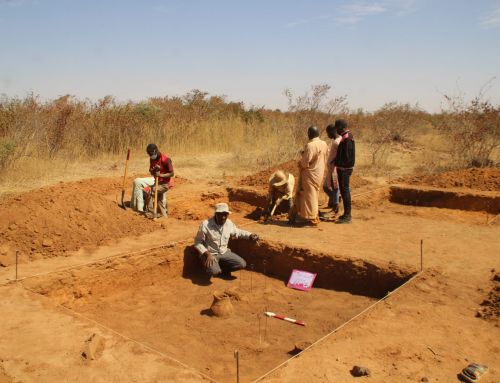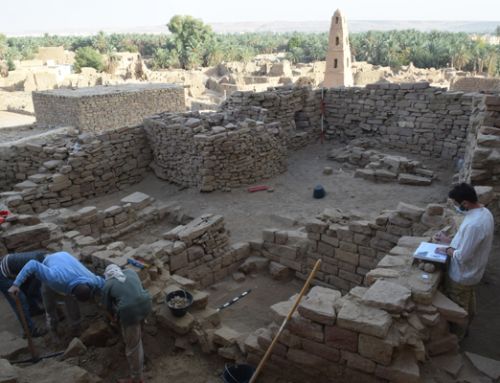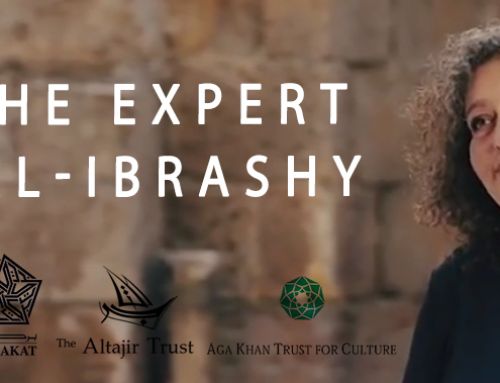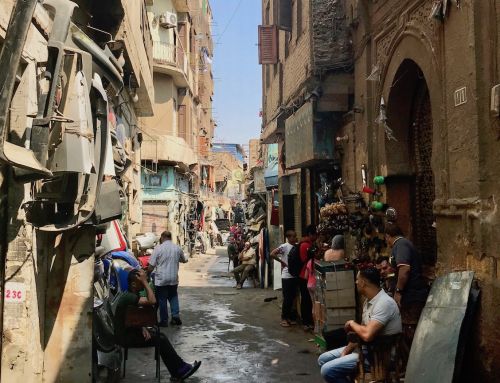In 2012 the Barakat Trust gave a grant to Dr Maximilian Hartmuth, Professor of Art History at the University of Vienna. His research project was predicated upon delving deeper into the Islamic architectural heritage of Southeast Europe. Paradoxically whilst it has close proximity to International centres of research and its neighbouring regions remain extraordinarily well represented in art-historical scholarship the Islamic architectural heritage of Southeast Europe remains very unknown.
Maximilian’s research revolves around the question of how the Islamic architectural heritage of Southeast Europe can be made relevant to histories of art and architecture. He has further sought to explain architectural change in the Ottoman provinces between the late fourteenth and early twentieth centuries as a response to changes in centre-periphery relations. This is also where the available documentation with its traditional focus on typology has proven to be insufficient. The details of many monuments have never been adequately recorded, nor are the spatial dimensions of their architecture always explicit in the published photographic documentation. It is for this reason that it is still necessary to visit these monuments, which are scattered over a large area, and study them in situ.
The grant by the Barakat Trust has enabled him to undertake two short-term excursions to Greece and to study Ottoman monuments in a number of locales throughout the country. He was able to collect evidence to be used in future publications. Committed to a swift publication of the results of my research, he anticipates that these studies will be a contribution to the sparse critical literature on this heritage and help increase its visibility. In the course of my two excursions I have also produced a large number of photographs of details of buildings, especially of their ornament, which I shall eventually analyze comparatively together with material to be gathered in future fieldwork. He has have moreover sought to document the state of preservation of Islamic monuments in Greece – a preliminary conclusion being that the sometimes excellent restoration of buildings does not compensate for a lack of consequent re-integration into the lives of towns, the usually missing or deficient historical information on site, or, on a more fundamental level, the impossibility of access.








